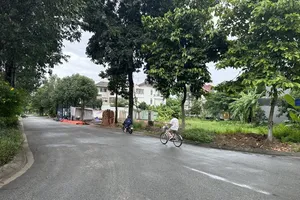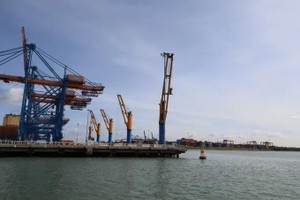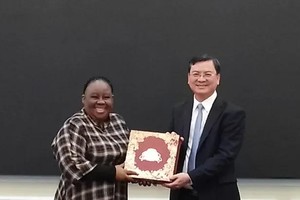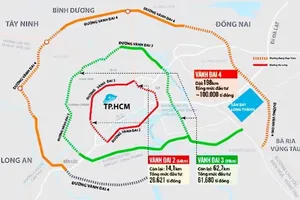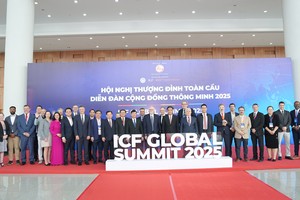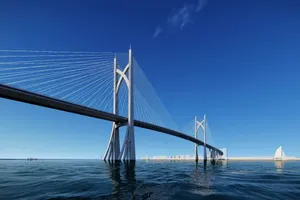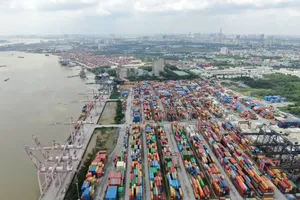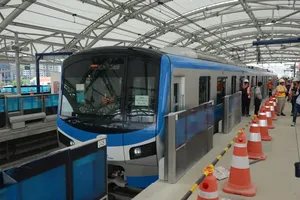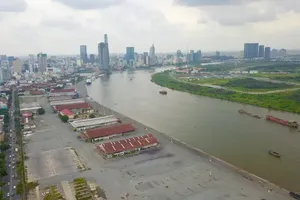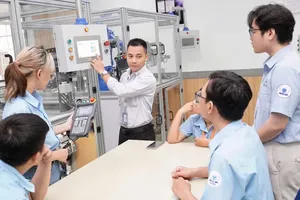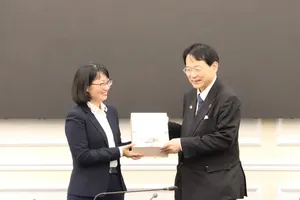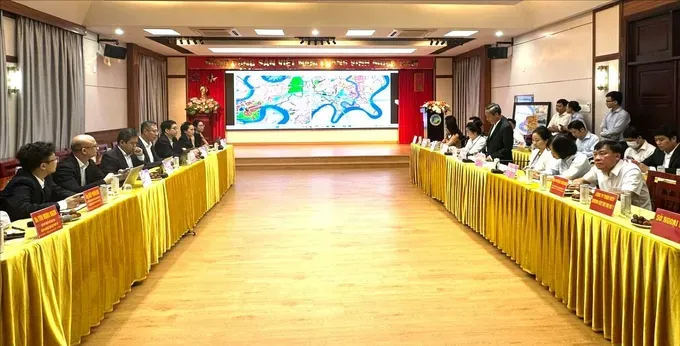
The visit aimed to facilitate the exchange of experience in land planning, mobilization, and development within the framework of Transit-Oriented Development (TOD) in Guangzhou. The discussions are expected to provide valuable insights for Ho Chi Minh City as it explores TOD.
During the meeting, Deputy Director of the Ho Chi Minh City Department of Agriculture and Environment, Vo Trung Truc, said that the city has developed a plan to implement seven urban railway lines, totaling 355 kilometers in length, by 2035.
In addition, the city is collaborating with the Urban Railway Management Board under the Ministry of Construction to carry out land clearance and compensation for the section of the North-South high-speed railway that runs through Ho Chi Minh City. This segment spans 17.5 kilometers and includes a depot covering 60.5 hectares and Thu Thiem Station, which occupies 17.3 hectares. Notably, Thu Thiem Station holds an important position to link the national high-speed railway with Long Thanh International Airport and Ben Thanh Metro Station, thereby connecting to the entire urban rail network of Ho Chi Minh City.

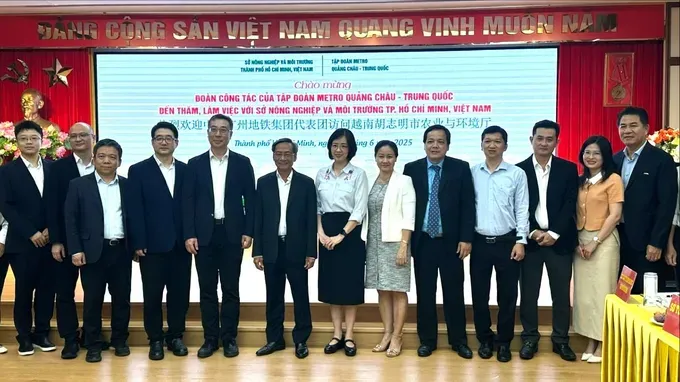
The implementation of these railway projects presents a notable opportunity to promote urban development and a modern transportation infrastructure for the city. However, it is also a significant challenge. To date, Ho Chi Minh City has only completed Metro Line No. 1 and still lacks the experience needed to simultaneously implement six other metro lines.
More critically, the city has no prior experience in urban development following the Transit-Oriented Development (TOD) model. The municipal authorities hope to gain valuable experience in land planning, mobilization, and development within the framework of Transit-Oriented Development (TOD) in Guangzhou to apply and operate these lessons in Ho Chi Minh City, the Deputy Director of the city’s Department of Agriculture and Environment added.
During the meeting, representatives from Guangzhou Metro Group shared valuable insights on land acquisition and development to support the Transit-Oriented Development (TOD) model, mobilization of land resources to finance urban rail systems, and the management of revenue and profits generated from railway operations and TOD projects.
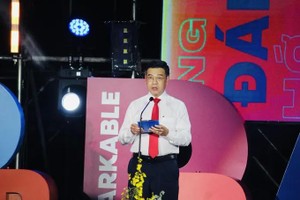
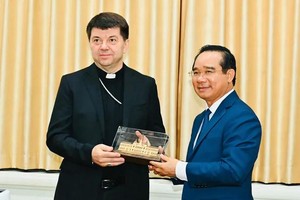

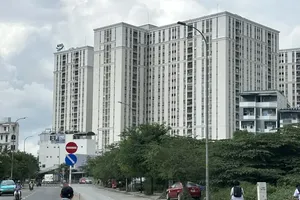
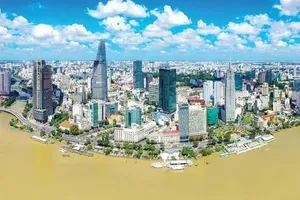
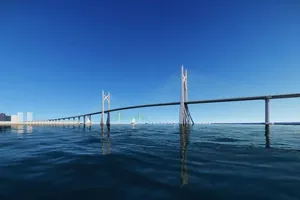
)
